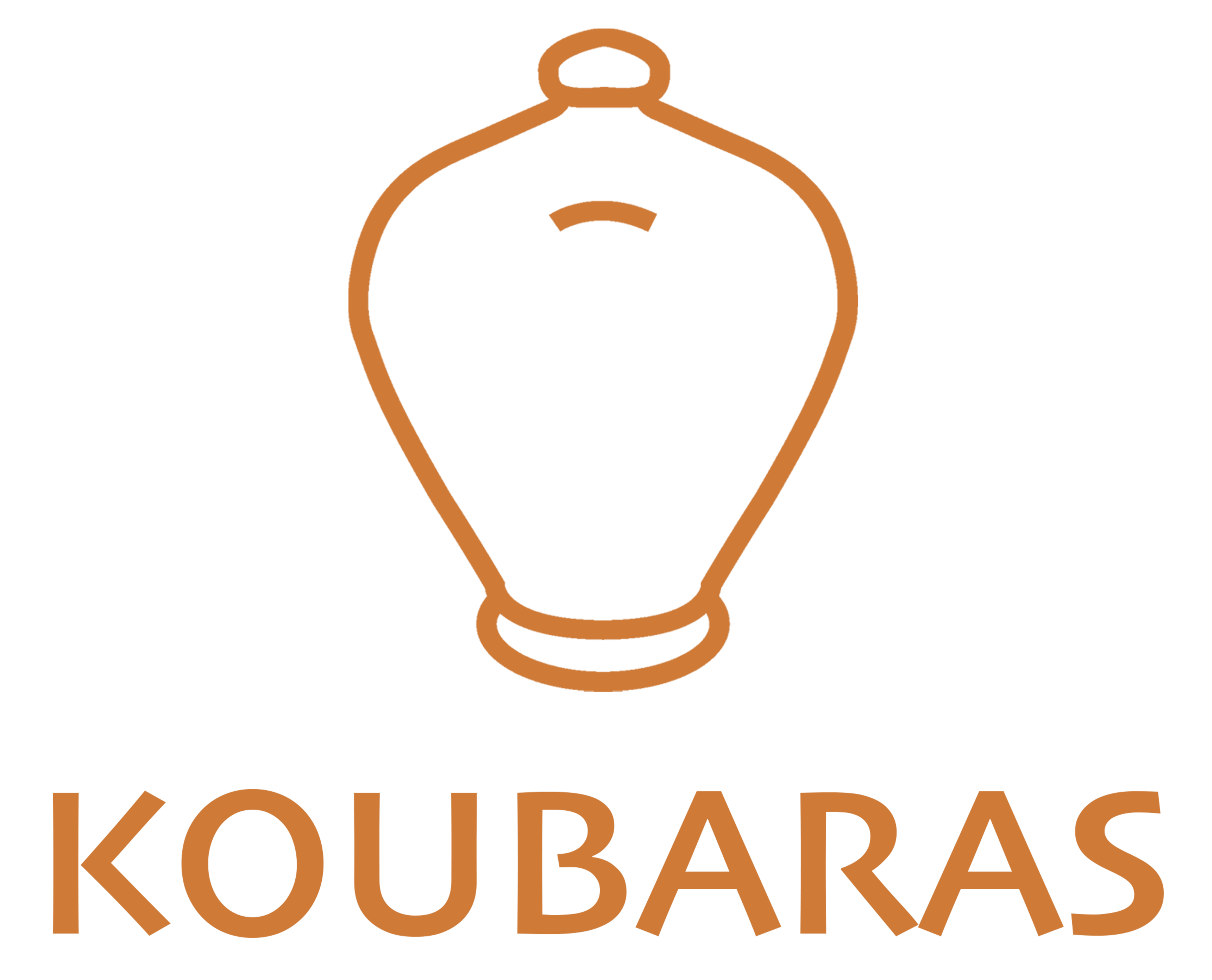“If our reactions are not rapid and mainly effective, our path to obsolescence will be rapid”
The rapid pace of change in the business landscape over the last few years means that, if our reactions are not rapid and, in the main, effective, our path to obsolescence will be so rapid that any delayed action will not reverse the situation. The more widely available but also more specialized knowledge on offer, technology developments, resource availability, the new generation taking on an active professional role and access to information are some of the reasons why change management is a central part of business strategy.
In this context, businesses, regardless of the sector to which they belong, must acquire the capacity of ‘flexibility’, that is to say, in a direct and flexible way. If we borrow the notion of ‘flexibility’ from medicine and the ‘neuroplasticity‘ of the human brain, which allows us to learn to operate in our ever-changing world, then we can approach change in business in a
similar way. Adapting the human body approach to the business world is nothing new.
Adaptability
Business flexibility, or adaptability in a flexible way, is a three-step process that dynamically moves the organization from one stage to the next and helps it meet challenges, embrace new models, and ultimately design permanent responses. Behind simple expressions, there is a great deal of power to change and, above all, to create a new model of approach both outside and within the company, which we consider necessary for thefuture that is already here.
The method
Just like in medicine, at the forefront of action, actions are linked to the desired outcome and in the business world require both reward or punishment. Up to this point there is nothing new to offer, we are not addressing the cause of the problem and, above all, we are not creating a new operating base.
In the next phase, we aim for a medium-term change, which we call structural, which aims to adapt the company’s structure in a way that responds to the new environment. In fact, it is desirable to shape our defense for similar future crises or competitive attacks.
The final destination of the process is the real tomorrow. That is, the functional adaptation of the business to the new world that is formed around it and its “tools”. It is a radical change in the way in which it produces any effect. It is about accepting the changes that have already taken place and moving away from the patterns of historical success and repetition.
The identity
‘Business flexibility’ is a form of identity. It’s corporate DNA. It is achieved over time and involves the interaction between the three stages mentioned above. The reason is the following. The market is constantly operating and immediate reactions require close memory and speed of action. But it is only with this element that our company – our boat – sails the waves in the sea. Therefore, structural change is necessary when wind changes allow it. Finally, because no wind lasts forever, proper boat and crew operation will make a difference in the long run.
Theodore N. Krintas, PhD, CIIA, is the founder and CEO of Koubaras Ltd. Koubaras Ltd is a consulting value boutique, focusing on the right solutions and their immediate implementation.
